Girls Education EssayEducation for girls has a positive impact on local communities, nations, and the entire planet. Academy-going girls are more likely to lead healthy, contented lives and less likely to marry when they are young. They are more engaged in problems that affect them, have more meaningful life objectives, and can build better futures for themselves and their families. Girls' education improves their future family lives and creates more stable, adaptable communities that allow everyone, including boys and men, to realize their full potential. However, education for women goes far further than simply attending school. In fields where they are consistently under-represented, it is especially important for girls to feel confident in the classroom and inspired to pursue the courses and careers they choose. 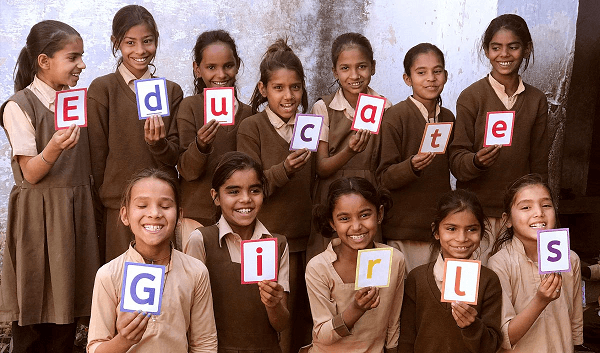
All girls and even young women have a right to a decent education, and providing such education is also good for global development and a strategic goal. For the world to function properly and to move toward the dual goals of eliminating extreme poverty and increasing shared prosperity, gender equality is essential. Education for girls involves more than just sending them to school. It is also essential to make sure that girls have the opportunity to complete all educational requirements, gain the skills needed to compete in the employment market, develop the socio-emotional and life skills required to navigate and adapt to a changing world, form opinions about their own lives, and contribute to their communities and the larger world. Education for girls benefits both individuals and nations. Women with higher levels of education often have fewer children, marry later in life at the right time, and are better aware of diet and healthcare. Also, if they become moms, such educated and healthy women produce healthier offspring. They have a higher propensity to submit a formal labour request and receive outstanding compensation. Poor educational opportunities for women and barriers to completing 12 years of college cost countries between US $15 trillion and US $30 trillion in lost future production and benefits, according to some studies. When combined, these basics have the potential to lift individuals, families, communities, and even nations out of poverty. Why are girls unfit to attend the academy?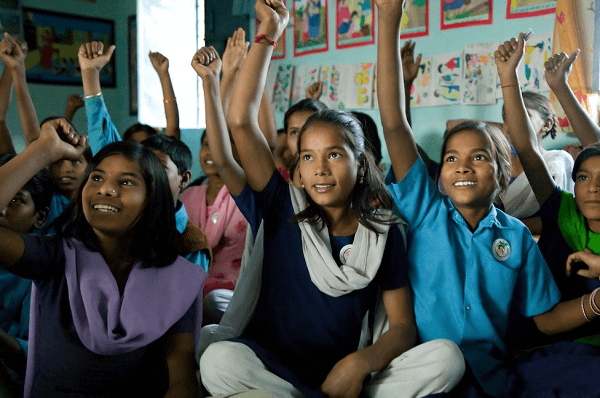
Gender disparities in education persist despite research showing the importance of girls' education for development. In the world, there are around 129 million women who are studying, of whom 32 million are in abecedarian school, 30 million are in lower secondary school, and 67 million are in upper secondary school. However, girls living in conflict-affected countries are more than twice as likely to drop out of school as girls living in non-conflict-affected countries. There have been many pieces of research and surveys about the education of girls all over the world. Only 49 countries have gender equality in abecedarian education. The gender pay gap grows at the secondary level. In lower secondary education, 42 nations have achieved gender equality; in upper secondary education, 24 countries have done this. This can be explained in a number of ways. Different countries and communities have different barriers to girls' education, including poverty, child marriage, and violence motivated by gender. Low-income households frequently pick men to invest in the academy. Seminaries don't always provide the sanitation, hygiene, and safety needs for girls. In other instances, teaching methods are not gender-sensitive, leading to gender inequalities in skill and literacy development. What are the challenges?According to encyclopaedias, enrollment rates for basic and secondary schools are almost equal for both boys and girls. Even though registration rates are comparable, around two-thirds of all countries have achieved gender equality in primary academy registration. Still, completion rates for girls are lower in low-income countries; the reasons can be many, but a lack of resources available to those families can be a prominent one. In low-income nations, females' secondary school completion rates also remain below average, with just about 36 of them finishing lower secondary school as opposed to 44 of the boys. Lower-income nations show comparable differences in upper secondary completion rates, with young males having a rate of 26 and young women having a rate of 21. 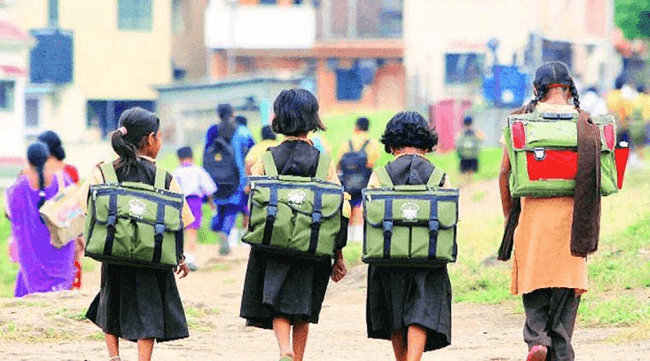
In nations that experience instability, war, and bloodshed, the disparities are more pronounced. Boys and girls are both struggling with literacy issues. Learning Poverty (LP) gauges the proportion of kids who are illiterate by the time they become 10 years old. Although females are 4 chance points less likely than boys to be low in literacy, the percentages are still very high for both groups. In low- and middle-income nations, the median literacy rate for males and females is 55 and 59, respectively. In low-income countries, where learning poverty is rated around 93 for both boys and girls, the disparity is less for both. Younger women are marginally favoured while enrolling in postsecondary education in several nations. Improved literacy problems for women aren't translating into better work and life problems, though. In terms of rates of labour force participation, there is a sizable gender discrepancy. Particularly dramatic examples may be seen in South Asia, the Middle East, and North Africa, which collectively have among the lowest percentages of female labour force participation (between 24 and 20%). When compared to what is seen in other regions, such as Latin America (53%) and East Asia (59), which are still below rates, as compared to males, these percentages (between 24 and 20%) are shockingly low. Gender BiasThis can promote messages in seminaries and classrooms that influence girls' goals and understandings of their roles in society, resulting in unequal labour demand involvement and occupational isolation. A child's academic performance and choice of field of study are adversely affected when gender conceptions are communicated through the design of the learning environment in the classroom and academy or through the actions of the faculty, staff, and peers in the child's academy. This is especially true for young women who choose to major in STEM (science, technology, engineering and math) fields. PovertyPoverty is one of the most important criteria in deciding whether a girl can go to school and finish. Studies consistently show that girls who experience multiple disadvantages, such as low family income, living in remote or underserved areas, having a disability, or being a member of an ethnolinguistic group that is not their own age, are the ones who fall behind the most in accessing and completing their education. ViolenceAdditionally, violence keeps girls from entering and finishing school. Girls usually have to walk long distances to get to school, which increases the risk of assault. Violence is a common occurrence at academies. According to the most recent data, about 60 million girls are sexually attacked every year while travelling to or from academics. Their internal, physical, and general health are adversely impacted, which has a negative impact on their attendance and powerhouse rates. Violence in and around schools is reportedly experienced by over 246 million students every day. It is crucial to put a stop to gender-based violence in educational settings. Sexual assault or sexual exploitation can also lead to adolescent pregnancy. Pregnant girls typically experience harsh criticism and segregation from their communities. Girls may leave academies early due to the burden of shame, which is exacerbated by shaky gender ideals, and then never return to study. Early MarriageIt poses a serious problem as well. Compared to their counterparts who marry later, girls who marry younger are far more likely to leave school early and finish their studies in less time. In addition, they are more likely to experience advanced violence committed by their friends and are more likely to have children at a younger age. This, in turn, has an impact on their children's health, education, and capacity to support them. In fact, females with secondary education have a six times higher likelihood of getting married than kids with little to no schooling. A recent study found that more than 41,000 girls under the age of 18 get married every day. By ending this practice, women would be more likely to pursue higher education and earn more financially. The paper makes estimates that preventing child marriage might result in yearly benefits of more than US$ 500 billion for the respective nation. COVID- 19The health and well-being of girls have been significantly impacted, and many are at risk of not returning to school even after their enrollment is renewed. The evidence we have indicates that during the pandemic, the frequency of violence against girls and women has grown, putting their health, safety, and general well-being in danger. During the 2014-2016 Ebola crisis in West Africa, academy insulation and closures led to increased sexual assault, coercion, and exploitation of women and girls. Teenage pregnancy rates rose during Ebola outbreak-related school closings. Numerous "clearly pregnant ladies" were prohibited from returning to the academy once the sessions had resumed. In the underdeveloped world, where teenage gravidity is common, seminaries are shutting; therefore, it is likely that the household workload rates will rise as more young females become pregnant or get married. Due to academy closures, females may spend more time helping out at home rather than studying as a result of their increased household workload. This could encourage parents to keep their daughters at home once seminaries reopen, especially those who place a lower emphasis on ladies' education. Additionally, research indicates that girls run the risk of leaving school while caregivers are absent from the ménage since they typically must (partially) replace the labour completed by the absent caregiver, who may have been absent due to COVID-19-related work, illness, or death. This means that the present COVID-19 pandemic may result in more females than boys helping out at home, falling behind in their academics, and leaving school. People leading the way for Girls ' EducationMalala Yousafzai, an Activist
She became a worldwide symbol for the value of educating girls by having the audacity to enrol in school when she was just a young adolescent, defying or opposing all the Pakistani nuts and their violent attacks. 2014 saw Malala, then 17 years old, receive the Nobel Peace Prize in recognition of her brave and powerful speeches in support of girls' education. The Malala Fund, which she founded, works to influence international, public, and original position policies and systems in order to provide girls with access to high-quality education. There is no doubt that Malala will continue to advance and pledge to girls' education when she turns 18 or above. Graça Machel, Activist and Philanthropist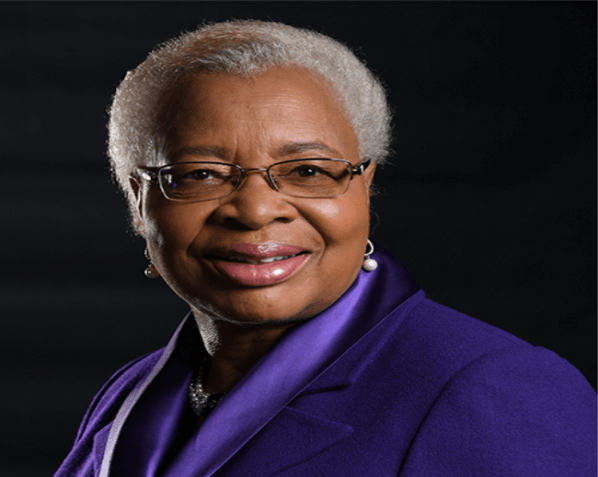
Through her charity and advocacy work at the Graça Machel Trust, she has dedicated her whole life to advancing girls' education and children's rights. She has also brought attention to the issue of child marriage, female genital mutilation, and other practices that impede girls from reaching their full potential. In a recent Op-Ed, she and Norwegian Prime Minister Erna Solberg wrote, "In nonage and nonage, too many girls are underweight, suffocated, denied education, and pushed into early marriages." As a result, there is a gender gap that threatens the stability of future generations and that policymakers must bridge. In addition to this, she has continuously worked towards awareness for the education of girls. Emma Watson, Actress
She is a Goodwill Ambassador for UN Women, the UN organization dedicated to gender equality and women's empowerment. She has started the He for She (HeForShe) campaign in that area in an effort to get men and boys involved in breaking down the social and creative barriers that prevent women and girls from fully participating in society. Angelique Kidjo, Musician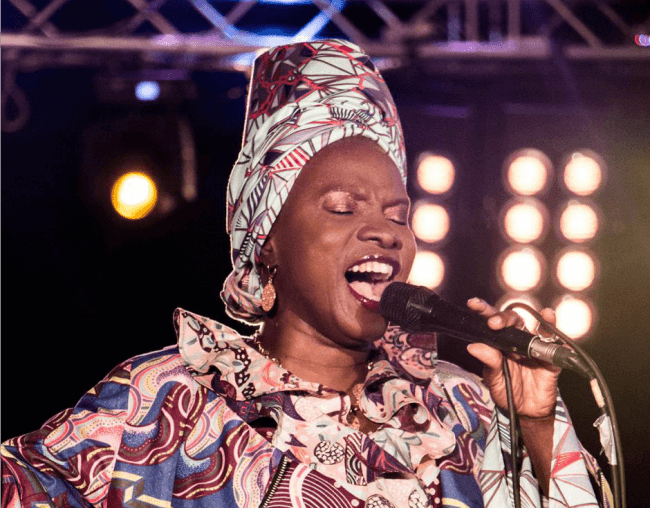
She is a singer, songwriter, composer, and UNICEF (United Nations International Children's Emergency Fund) International Goodwill Ambassador. She is also the creator of the Batonga Foundation, which focuses on empowering young women and girls in Africa via higher education. The foundation strives to improve academy structure, raise enrollment, expand entitlement literacy, provide in-kind assistance and micro-loans for scholars' families, nurture mentoring and training programmes, and promote community awareness of the need for education for females. She once said to Al-Jazeera, "The issue we currently face is that girls are still viewed as a commodity in some cultures and customs. Thus, they are capable of being kidnapped and becoming married. As an African, the only thing I am aware of that can change my continent is the education of females." Sheikha Moza, Philanthropist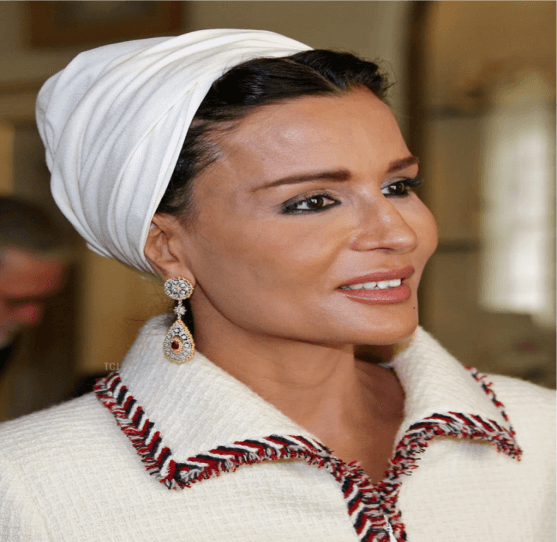
Sheikha Moza bint Nasser Al-Missned, the Special Envoy for Basic and Higher Education for UNESCO (United Nations Educational, Scientific and Cultural Organization), has been a vocal advocate for education in underdeveloped nations, particularly for females. She is the former leader of the Qatar Foundation and the author of 'Educate a Child'. This initiative works with a wide range of partners, including significant international educational, development, and philanthropic organizations, as well as local organizations, to accelerate the identification, registration, and completion of primary education for at least 10 million out-of-school children. Zainab Salbi, an Activist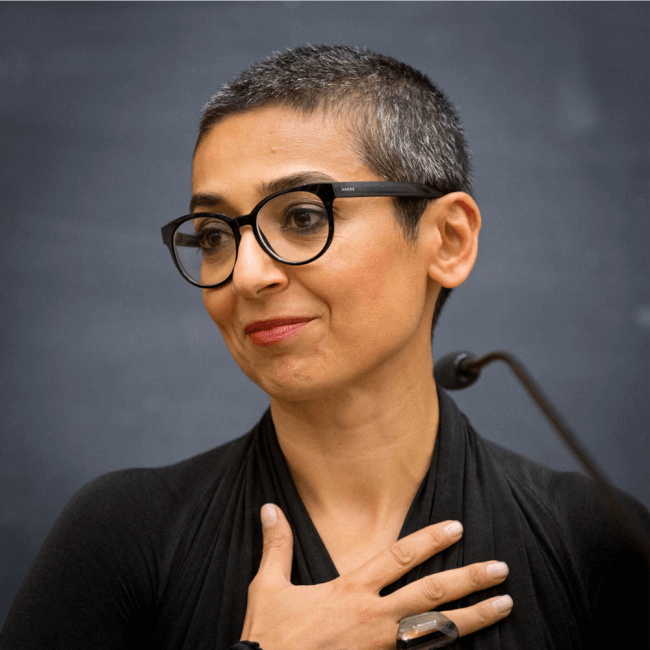
She started Women for Women International (a non-profit humanitarian organization) after surviving domestic abuse and war in her native country of Iraq to offer finances and aid to thousands of women living in conflict zones so that they may rebuild their lives, families, and communities. She claimed that fifty percent of all children who are not in school reside in unstable and conflict-ridden nations. She once said, "The results of this and the unequal gender divides in educational conditions are currently being seen in Iraq. Many of the ladies from my mother's age, educated women who have worked across the board, are still hanging on." ConclusionAs an informed individual, one may begin collaborating with groups, governments, and friends to break down barriers to girls' education and create gender parity in the classroom, even in the most challenging circumstances. We must encourage and give priority to initiatives that enable all girls to complete secondary school and acquire the skills they need for life. We must unite and create a workplace that supports equal education because investing in girls' education is one of the most transformative development strategies.
Next TopicEssay on Drug Addiction
|
 For Videos Join Our Youtube Channel: Join Now
For Videos Join Our Youtube Channel: Join Now
Feedback
- Send your Feedback to [email protected]
Help Others, Please Share









